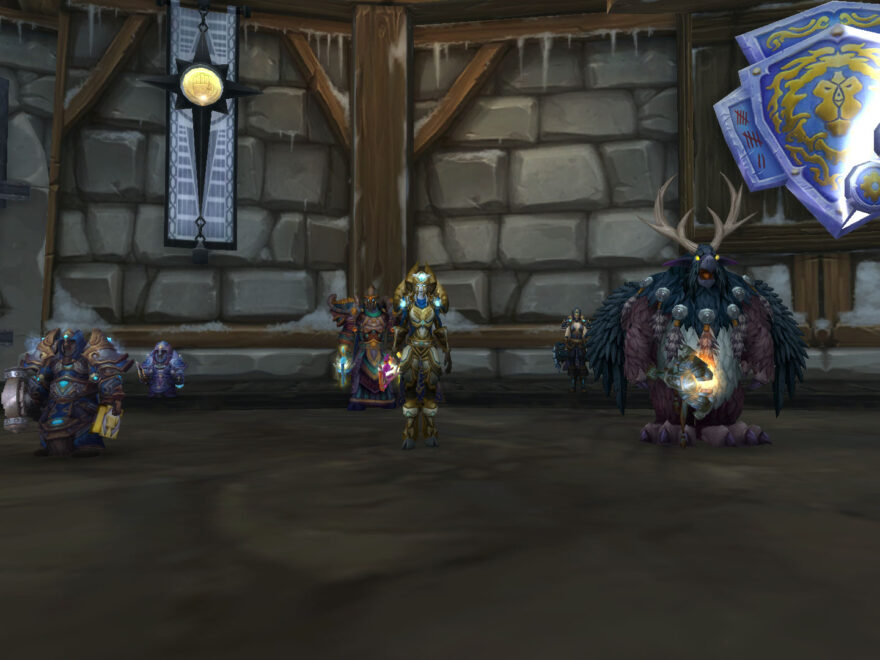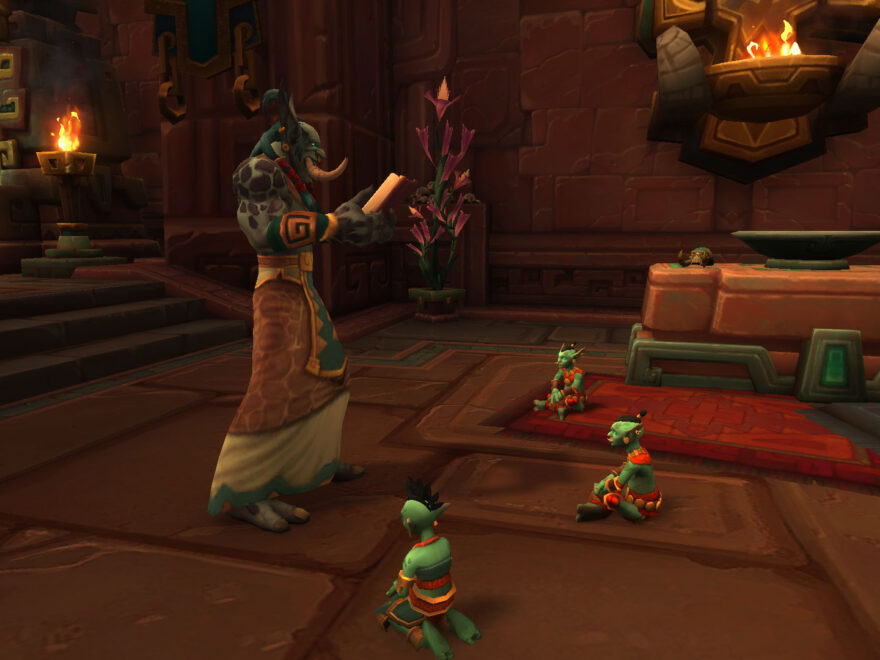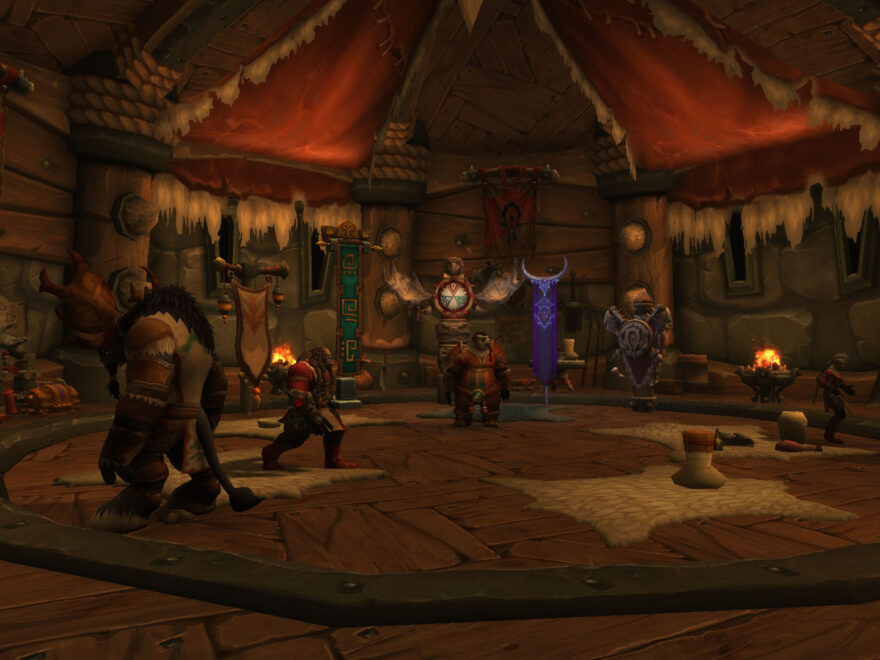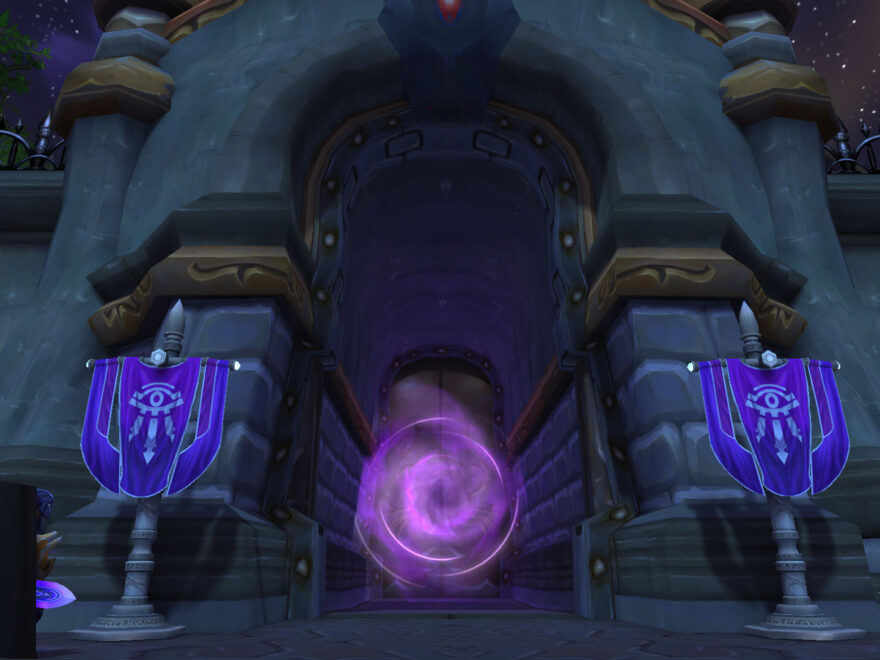As a senior narrative analyst, I have spent many hours analyzing the storytelling techniques and narrative structure of World of Warcraft (WoW). This game has captivated millions of players around the world for over 15 years and is still going strong. As such, it presents an interesting case study to explore how its story-telling works and why it continues to draw in so many people. In this article, I want to discuss what makes WoW’s narrative stand out from other games, as well as take a closer look at some of the unique strategies that make up its story-telling methods.
For those unfamiliar with WoW, it’s important to understand the core principles behind the game before delving into its narrative structure. At its heart, WoW offers players a chance to control their own destiny and become powerful heroes in a virtual fantasy world. Players can choose which characters they want to play as and customize them however they like. There are also quest lines that guide players through various storylines while providing rewards for progress made. All these elements work together to give players a sense of accomplishment and power when playing the game.
Finally, there is no denying that WoW has created an incredibly detailed universe full of intriguing stories and characters that keep players coming back time after time. The immersive experience offered by WoW allows us to feel connected to our favorite characters while also giving us control over how we interact with them and shape our own adventures within the game. With all these aspects combined, let’s examine how WoW’s storytelling techniques create such an engaging atmosphere for gamers everywhere.
Lore And Characters
World of Warcraft (WoW) has a rich lore, full of interesting characters and story arcs. The backstories for the characters are incredibly detailed, allowing players to become immersed in their character’s development as they progress through the game. Players can explore the world with different perspectives based on their chosen race or faction.
The diversity of races, classes and roles gives WoW an edge over other MMORPGs when it comes to storytelling. Every class has its own unique set of abilities that make them valuable in various situations, which adds another layer of strategy for players who want more control over their choices. This also helps build relationships between characters within the game since each one serves a specific purpose. With this depth of detail, WoW creates an engaging experience that allows players to immerse themselves in its narrative structure and fully enjoy the journey. As we move onto discussing quests and objectives, it is clear why WoW’s storytelling techniques have been so successful in creating compelling stories for fans worldwide.
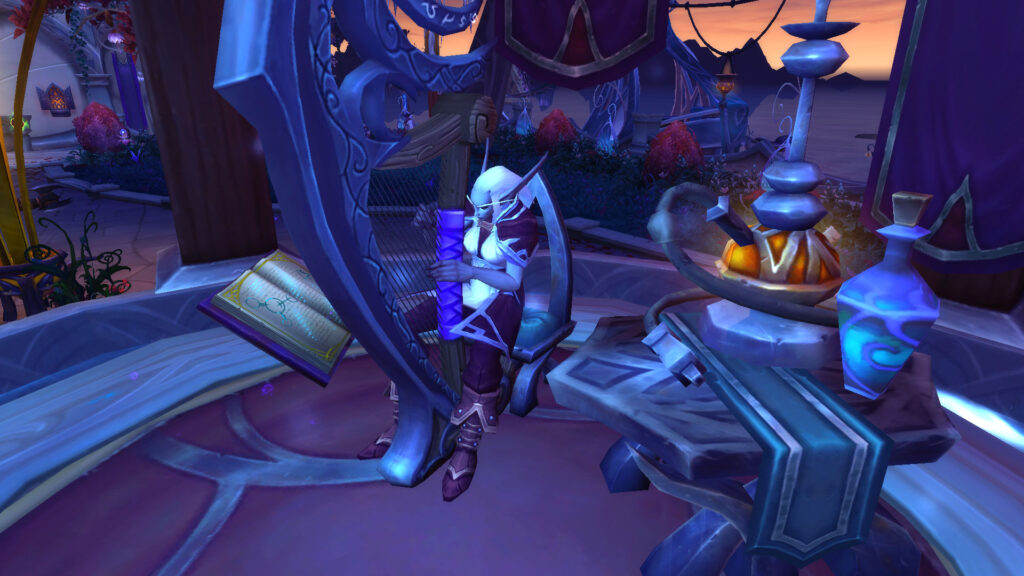
Quests And Objectives
As the saying goes, “A journey of a thousand miles begins with a single step”. Quests and Objectives in World of Warcraft (WoW) are one such example that cannot be overlooked. The game offers an intricate system for quest design, mechanics, structure, and narrative that allows players to go on their own adventure and experience different storylines. When it comes to quests and objectives, WoW provides players with plenty of options:
- Quest Design – Players can choose from various tasks and activities like killing monsters or completing dungeon runs;
- Quest Mechanics – These tasks require specific items or abilities to complete;
- Quest Structure – The rewards differ depending on how difficult the task is;
- Quest Narrative – Each task also has its own unique story behind it.
These features give players a sense of control over their gameplay while providing them with engaging content every step of the way. As they progress through each quest line, they discover new stories filled with interesting characters and goals which gives them greater insight into the world they inhabit. This helps create an immersive environment where players feel like they’re part of something bigger than themselves, allowing developers to tell complex tales without sacrificing player agency. Transcending beyond mere gaming entertainment, WoW’s creative use of these aspects have become a cornerstone for storytelling within video games as well as other interactive media forms. With this in mind, we now move onto our discussion about world building.
World Building
World of Warcraft (WoW) is renowned for its world-building techniques and immersive narrative structure. Environmental details, fictional histories, cultural aspects, and mythological elements are all carefully crafted to create a believable virtual universe in which players can explore and become immersed. The game’s developers have done an excellent job creating this fantastical realm by layering various story components together.
The attention to detail when building the WoW universe means that everything from races to cultures feels real and alive. Player characters interact with other characters within the environment as if they were actually there – exploring dungeons or fighting epic battles. This level of realism gives players a sense of ownership over their own character’s journey and allows them to immerse themselves in the game’s storyline like no other MMORPG out there today. Players feel invested in what’s happening around them because it feels so authentic; even though they may be visiting fantastic places, they still feel connected to the events taking place within those environments.
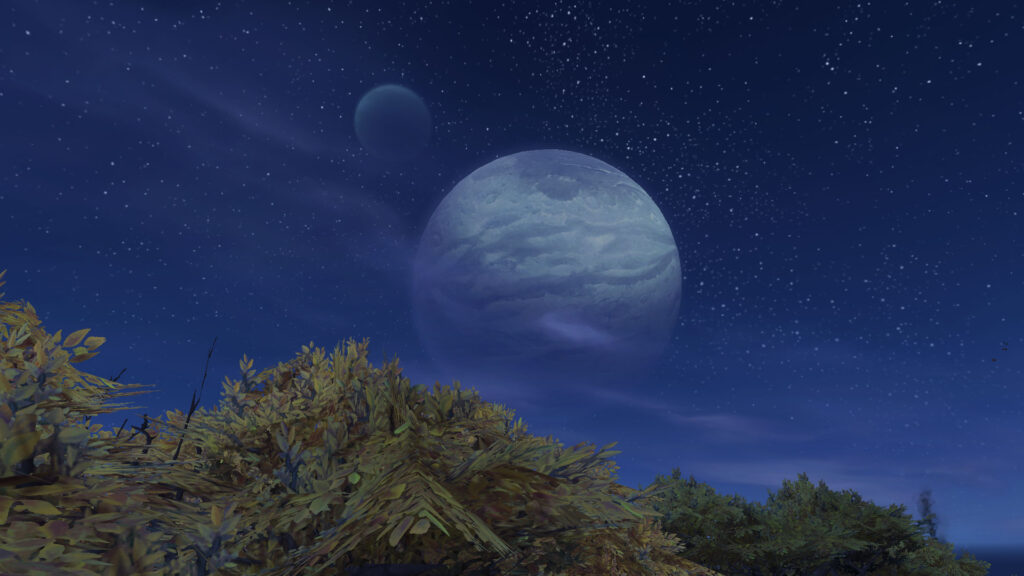
Players want control over their experience in WoW, but ultimately rely on the quality of storytelling provided by Blizzard Entertainment – something that has been well executed over many years of development and player feedback. The success of World of Warcraft lies not only in its unique mechanics, but also in its ability to tell compelling stories that capture the imagination – making it one of gaming’s most beloved franchises. With cinematics and cut scenes being integral parts of these tales, we’ll now take a look at how these cinematic elements add another layer of intrigue and emotion into an already captivating experience.
Cinematics And Cut Scenes
WoW’s cinematics and cut scenes are like a symphony of storytelling, weaving together its narrative structure with stunning cinematic production. From the opening moments of WoW’s story, when players step into the world for the very first time, to each new quest they undertake – these powerful visuals transport them further into this virtual universe and help define their journey within it.
Cutscenes in particular allow players to engage more directly with WoW’s characters and lore by providing real-time conversations between two or more people that advance plotlines as well as explain any actions taken by the player character. These key pieces of dialogue provide critical information about events taking place in the game without overwhelming players with exposition or info dumps. By utilizing these essential elements of storytelling through both cinematics and cut scenes, World of Warcraft is able to create an immersive experience for gamers while also maintaining an effective narrative structure throughout.
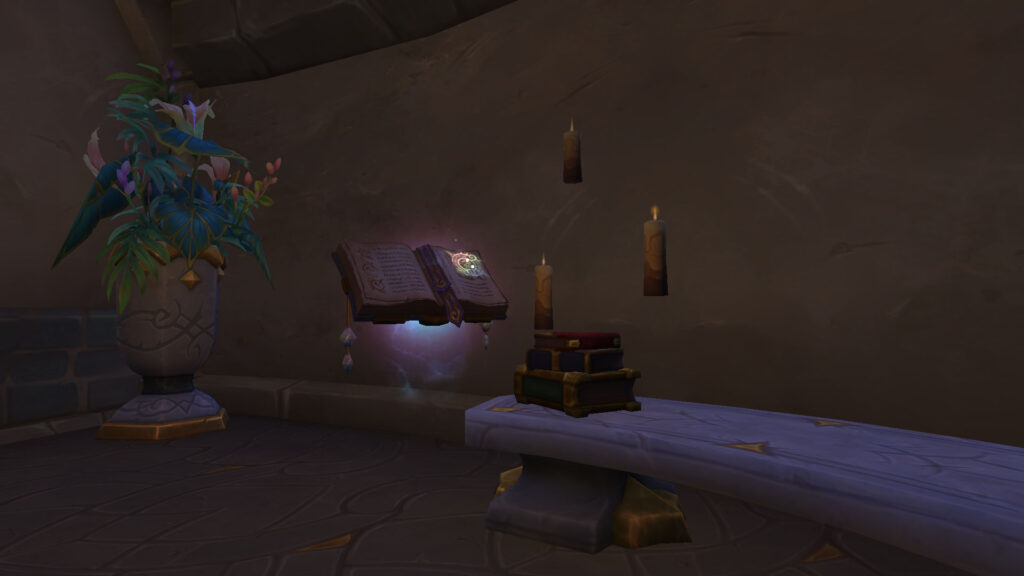
The music and sound effects used in WoW serve as another important layer which helps bring life to its expansive world.
Music And Sound Effects
Turning to music and sound effects in WoW, it is clear that the audio elements of this game are as integral to its success as any other. The music score creates an immersive atmosphere that players can become enveloped in, while at the same time providing a sense of control over their environment. Sound design plays a major role in bringing life to the world of Azeroth; from battle cries on the battlefields to ambient sounds echoing through the dungeons, sound effects bring reality into virtuality. Audio ambience makes each location feel unique by adding texture and depth, conveying information without words or visuals. Acoustic composition also adds suspense and emotion, helping create tension during combat sequences and reinforcing plot points throughout key moments in quests. All these components combine together to draw players deeper into the narrative structure of World of Warcraft, creating an unforgettable experience for everyone who plays.
Without visual design, all these audio elements would be lost – so let’s take a look at how Blizzard has used visual design to tell stories within WoW…
Visual Design
When it comes to visual design, World of Warcraft (WoW) successfully creates a vibrant and immersive experience for its players. The game’s art style is both bold and colorful in order to capture the attention of viewers; from ancient ruins to towering castles, WoW’s visuals are designed with an impressive level of detail that allows players to truly immerse themselves in the world. In addition, graphic elements such as character models, environmental textures, and various animations bring this virtual realm to life. All these design elements come together to create a visually striking world that captures the imagination of gamers everywhere.
The animation quality also helps draw players into the narrative by adding depth and personality to each character; even small details like facial expressions or body language can affect how we perceive them onscreen. By taking advantage of modern gaming technology, WoW has been able to create highly expressive characters that help move its story forward while engaging audiences at the same time.
Player Choice And Interactivity
World of Warcraft (WoW) is renowned for its player choice and interactivity. The game allows players to explore a rich, immersive world with incredible storytelling techniques and narrative structure. Players are given the power to make their own decisions about how they navigate the world – from which enemies to defeat, to where they choose to go next – which significantly affects the outcome of each story arc within the game.
This type of interactive experience can be seen as an extension of traditional linear narratives, in that players have more control over what happens in WoW than ever before. By giving players choices, WoW successfully creates unique stories for each individual player instead of forcing them down a predetermined path. This contributes heavily towards creating replayability; no two playthroughs will ever be the same! Moreover, it gives gamers agency by allowing them to craft their own stories within this virtual environment. Ultimately, these features provide an unparalleled depth when compared to other games on the market today.
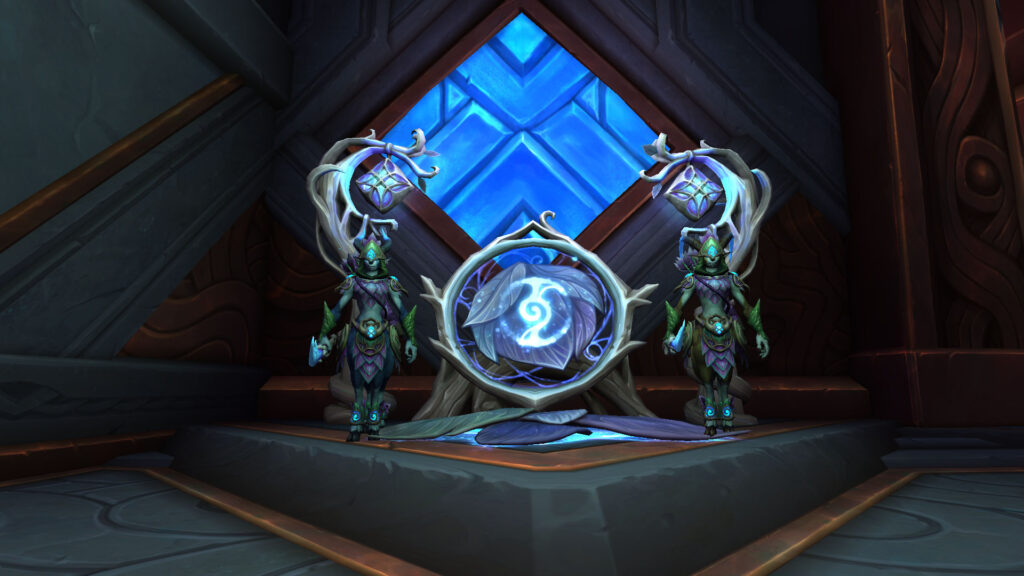
Frequently Asked Questions
How Does The Game’s Storytelling Compare To Other Rpgs?
WoW, like most role-playing games (RPGs), features an intricate and engaging narrative. It stands out from other RPGs due to its creative storytelling techniques and complex narrative structure. As a senior narrative analyst, I have studied the game’s approach to delivering stories, as well as how it compares with that of other RPGs.
The core elements of WoW’s storytelling are unique in their own right. The combination of character arcs, world-building, and plot intricacies make the game stand out among many others in the genre. Additionally, the use of deep characterization and meaningful interactions between characters add depth to its narratives. Moreover, WoW utilizes various techniques—such as cutscenes, music cues, environmental clues—to convey information about its story without relying too heavily on dialogue or exposition. This helps to keep players engaged while they explore the world and progress through the game’s main questlines.
When compared to other RPGs, WoW remains one of the most immersive experiences available today due to its focus on crafting compelling stories for players to experience firsthand. From dynamic action sequences featuring memorable moments that stay in your mind long after playing them; to absorbing tales about epic heroes and villains with distinct motivations; there is no shortage of powerful narratives within this title that will draw you into its captivating universe for hours at a time. In short, WoW provides a riveting journey should any player choose to venture forth into Azeroth’s depths – all thanks to its sophisticated storytelling techniques and carefully crafted narrative structure!
How Has The Game’s Narrative Structure Changed Over The Years?
As a senior narrative analyst, I have studied the changing narrative structure of World of Warcraft (WoW) over the years. This game has seen many changes in terms of its storytelling techniques and gameplay elements, but how has this impacted the overall immersive experience? In order to answer this question, it is important to consider both the historical context of WoW’s development as well as the current state of its narrative structure.
When WoW first released back in 2004, its story was fairly linear with few branching paths or choices for players to make that would affect their journey. As time went on, however, more and more content was added which allowed for a much deeper and richer story-driven experience. With each major update came new storylines and opportunities for player choice and agency within the world of Azeroth. The latest expansion pack Shadowlands brings yet another level of complexity to the game’s already intricate narrative structure by introducing an entirely new continent full of characters and quests for players to explore.
Each successive installment of WoW has offered something unique from its predecessors while also building upon existing themes and stories established throughout the franchise’s history. By allowing players to become deeply immersed in a living breathing world through engaging storytelling techniques, dynamic narratives, and meaningful character arcs – World of Warcraft continues to be one of most captivating games available today.
What Is The Impact Of Wow’s Storytelling On Players?
The impact of WoW’s storytelling on players is nothing short of astonishing. As one of the most popular role-playing games (RPGs) in existence, it has managed to capture and enthrall millions of people with its intricate narrative structure and immersive experience. From the start, Blizzard Entertainment took a unique approach to crafting their game’s story; they wanted the environments, sound effects, and characters to feel as real as possible for gamers.
It seems that this strategy has paid off; many players report feeling so attached to the world created by WoW’s storytelling techniques that they can’t help but become emotionally invested in what happens next. The developers have also gone out of their way to make sure each character feels alive and authentic – something other RPGs often struggle with achieving. What makes these stories even more effective is how well crafted the narrative structure is: from beginning to end, there are surprises around every corner that keep players engaged and eager for more.
For those who take part in WoW’s captivating worlds, it quickly becomes clear why this video game franchise continues to be such a success year after year; it offers an unparalleled level of escapism that allows users to forget about their daily worries and just enjoy a truly immersive experience. It’s no wonder why so many people continue to come back for more!
How Does The Game’s Music And Sound Effects Contribute To The Storytelling?
World of Warcraft (WoW) is an incredibly popular role-playing game that has captivated players for years. Music and sound effects are key components in any gaming experience, but they can have a particularly powerful impact when it comes to storytelling. While WoW’s music and sound effects certainly make the RPG more immersive overall, they also contribute significantly to its narrative structure.
Music and sound effects play a major role in enhancing the storytelling of WoW – from creating tension to setting moods and emotions. The soundtrack creates a sense of awe as players explore new areas, while sound effects help bring battles alive with realistic clashes between weapons and thundering roars from bosses. In this way, WoW’s music and sound effects create an atmosphere conducive to letting stories unfold naturally, allowing players to become fully immersed in their characters’ adventures.
The combination of music and sound effects helps propel the story forward by adding depth to every scene and providing clues about what’s going on around them. This makes playing WoW feel like an active storyteller rather than just being along for the ride; you can pick up on visual cues or hear subtle hints in the background audio that point towards something bigger happening elsewhere within Azeroth. Players gain control over how their character responds to these moments which further contributes to making World of Warcraft one of the most engaging RPGs out there today.
What Strategies Does Wow Use To Create An Immersive Experience?
World of Warcraft (WoW) has become one of the most popular and successful video games, with over 11 million players worldwide. It is known for its incredibly immersive gaming experience that captivates gamers and generates a desire to return again and again. But what strategies does WoW use to create this amazing world? In order to understand the power behind WoW’s storytelling techniques, it’s important to look at how they make the game feel so real.
One key strategy is their careful attention to detail in creating an expansive world filled with characters, stories, and settings that are realistic and believable. By using detailed character designs and lifelike environments, WoW creates an atmosphere unlike any other role-playing game (RPG). Furthermore, through smart use of sound design, music composition, and voice acting – all tailored specifically for each scene – it makes the player feel as if they’re actually part of the story being told. This helps draw the gamer further into the game while also providing subtle clues about the narrative structure.
Additionally, WoW takes advantage of its nonlinear nature by allowing players to explore different paths during their journey through Azeroth. This freedom allows them to discover unique opportunities such as hidden dungeons or side quests which can be completed in any order they choose. With these choices comes greater control over their own destiny within the game. As a result, gamers can craft their own story as they progress; making it much more engaging than traditional RPGs where you follow a predetermined path from start to finish.
By combining elements like detailed visuals, intricate storylines, dynamic audio cues and multiple paths for exploration — World of Warcraft provides players with an unparalleled level of immersion that keeps them coming back for more. The combination of these factors allow gamers to truly immerse themselves in another world without ever leaving their living room – something no other RPG series has been able to replicate since its release nearly 15 years ago!
Conclusion
As a senior narrative analyst, I can confidently say that World of Warcraft is one of the best examples of storytelling in video games. From its expansive universe and deep lore to its innovative narrative structure and immersive experience, WoW has developed into an RPG masterpiece.
Take for example the game’s audio design. The sound effects draw players deeper into the world and help them become emotionally invested in their characters. The music also plays a huge role, providing an emotional context to intense moments or helping set up storylines over time. It’s this attention to detail which ensures that every aspect of the player’s journey feels meaningful.
In conclusion, it’s clear that WoW’s storytelling techniques are incredibly effective at engaging players with its vibrant universe and captivating story arcs. Its use of audio elements such as sound effects and music further enhance the gaming experience by creating a powerful atmosphere which immerses players completely in Azeroth’s vast lands and epic adventures.
Embark on a knowledge expedition with our blog as your guide, where a mosaic of captivating articles and eye-opening insights awaits to quench your thirst for discovery!
